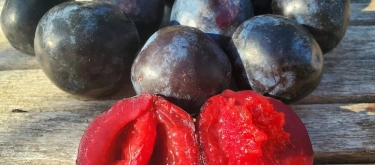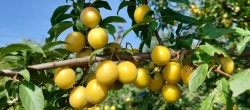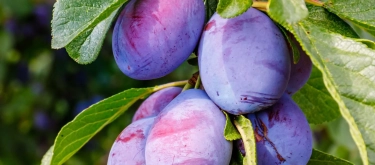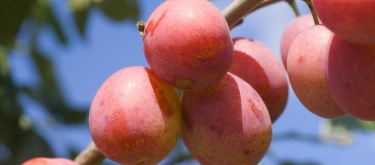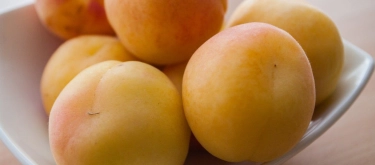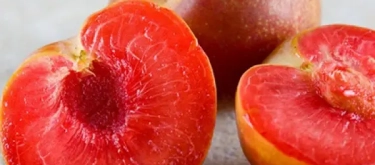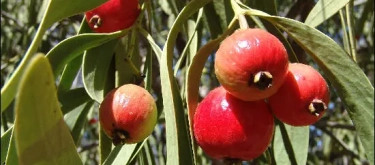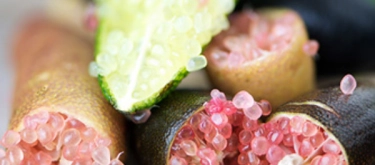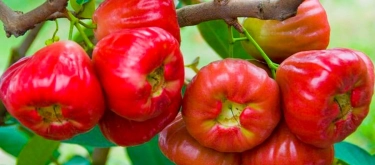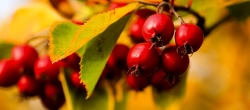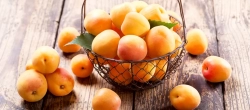Kakadu Plum: Taste Profile, Aroma, Benefits and Health Risks
Kakadu Plum (Terminalia ferdinandiana), also known as Gubinge, Billygoat Plum, or Murunga, is a native Australian fruit traditionally used by Indigenous Australians. Famous for its extraordinary vitamin C content, it grows predominantly in Australia's tropical north, especially in the Kakadu region.
Kakadu plum is generally safe but may cause allergic reactions in those sensitive to fruits high in vitamin C or related species.
What does Kakadu Plum taste like?
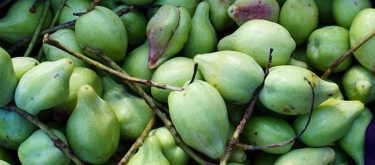
Complete Sensory Description:
-
Taste: Kakadu plum exhibits a distinctly sharp, tart, and slightly astringent flavor with subtle sweet undertones, accompanied by a mild bitterness.
-
Aroma: The fruit has a fresh, subtly floral aroma, complemented by earthy, herbal notes.
-
Texture: Kakadu plum’s flesh is juicy, slightly fibrous, and firm, surrounding a single, large seed.
-
Appearance: Small, olive-sized fruit with smooth skin transitioning from pale green to yellowish-green when ripe.
In-depth Flavor Analysis:
Kakadu plum’s potent tartness originates primarily from its exceptionally high ascorbic acid (vitamin C) content, far exceeding most known fruits. Flavonoids and phenolic compounds contribute to its mild bitterness and astringency. Natural sugars balance this intensity, though sweetness remains minimal. Flavor complexity varies notably with ripeness and preparation methods, becoming slightly milder and sweeter upon cooking or drying.
Flavour Variations Depending on Preparation and Ripeness:
-
Ripeness: Unripe Kakadu plums are intensely sour and highly astringent. Fully ripe fruits, while still acidic, become slightly sweeter and less bitter, improving their palatability.
-
Preparation: Cooking, drying, or processing Kakadu plum into powders, jams, or juices significantly reduces acidity and enhances sweetness, providing balanced, enjoyable flavor experiences.
Varieties and Culinary Applications:
Although not distinctly classified into varieties, regional differences exist. Kakadu plum is primarily used in jams, sauces, chutneys, juices, smoothies, supplements, and skin care products. Its tartness complements desserts, beverages, and sauces, pairing exceptionally well with seafood, poultry, and tropical fruits.
Selection and Storage:
Select firm, brightly colored plums without bruising. Fresh Kakadu plums should be refrigerated immediately and consumed within days. For prolonged storage, freeze whole fruits or process them into preserved forms like powders or jams.
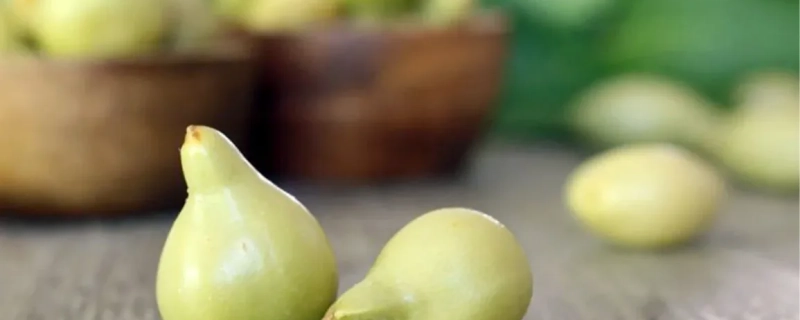
Nutritional Insights:
Kakadu plum boasts the highest known concentration of vitamin C of any fruit globally, alongside powerful antioxidants, vitamin E, folate, lutein, iron, and zinc. Regular consumption supports immune health, skin vitality, anti-inflammatory responses, and overall cellular protection.
Expert Insights & Culinary Tips:
Experts recommend using Kakadu plum sparingly due to its potent flavor. It pairs exceptionally well with sweeter or neutral-tasting ingredients, balancing dishes with tropical fruits, yogurt, honey, or coconut milk. Chefs value its intense flavor as an accent rather than a primary ingredient.
Interesting and Curious Facts:
-
Kakadu plum has been traditionally used for medicinal purposes by Indigenous Australians for thousands of years.
-
It is increasingly utilized globally in nutritional supplements and skincare products due to its high antioxidant and vitamin content.
-
The fruit plays a significant role in supporting Aboriginal communities through sustainable harvesting and trade practices.
Harm and Dietary Considerations:
Due to its high acidity, excessive consumption can lead to gastrointestinal discomfort. People sensitive to highly acidic foods or those with known allergies to related fruits should moderate their intake. Pregnant individuals should also consume Kakadu plum cautiously.
Religious Dietary Considerations:
Kakadu plum is universally acceptable within all major religious dietary contexts, without known dietary restrictions.
Final Thoughts & Sensory Journey:
Kakadu plum offers an extraordinary blend of intense tartness, nutritional excellence, and unique sensory appeal. Its increasing global popularity highlights its importance as a remarkable Australian native superfruit.
Resources:
-
"Native Foods: Plants for Australian Gardens" by Angus Stewart and A.B. Bishop (2015).
-
"Australian Native Food Plants: Propagation and Cultivation" by Yasmina Sultanbawa and Fazal Sultanbawa (2016).
-
"Bushfood: A Culinary Journey Through Australian Native Foods" by Jennifer Isaacs (2017).
